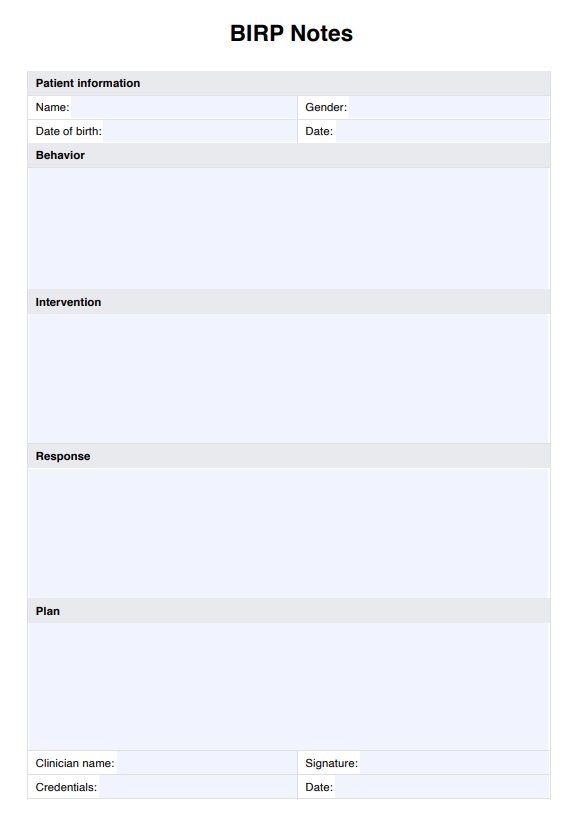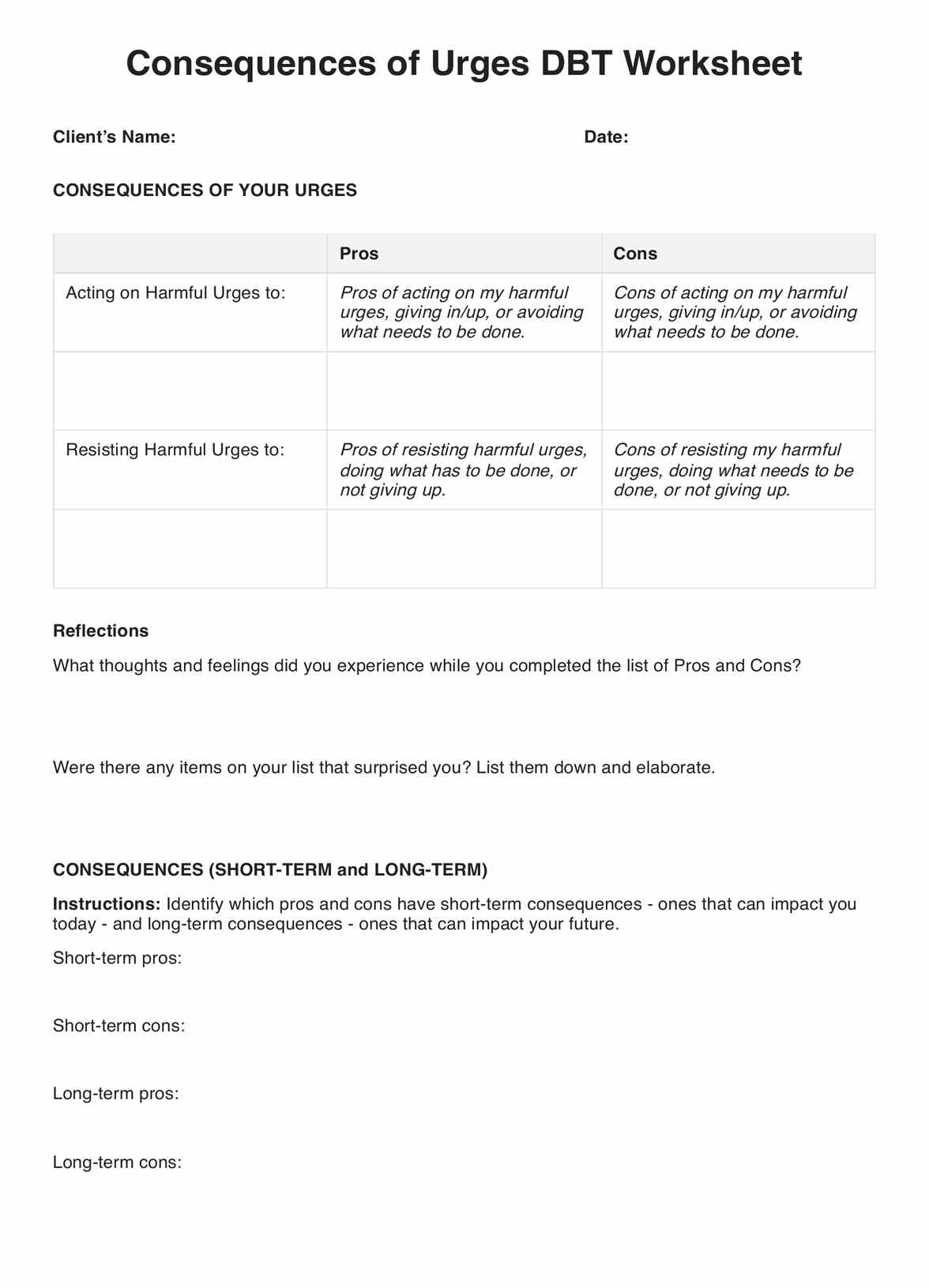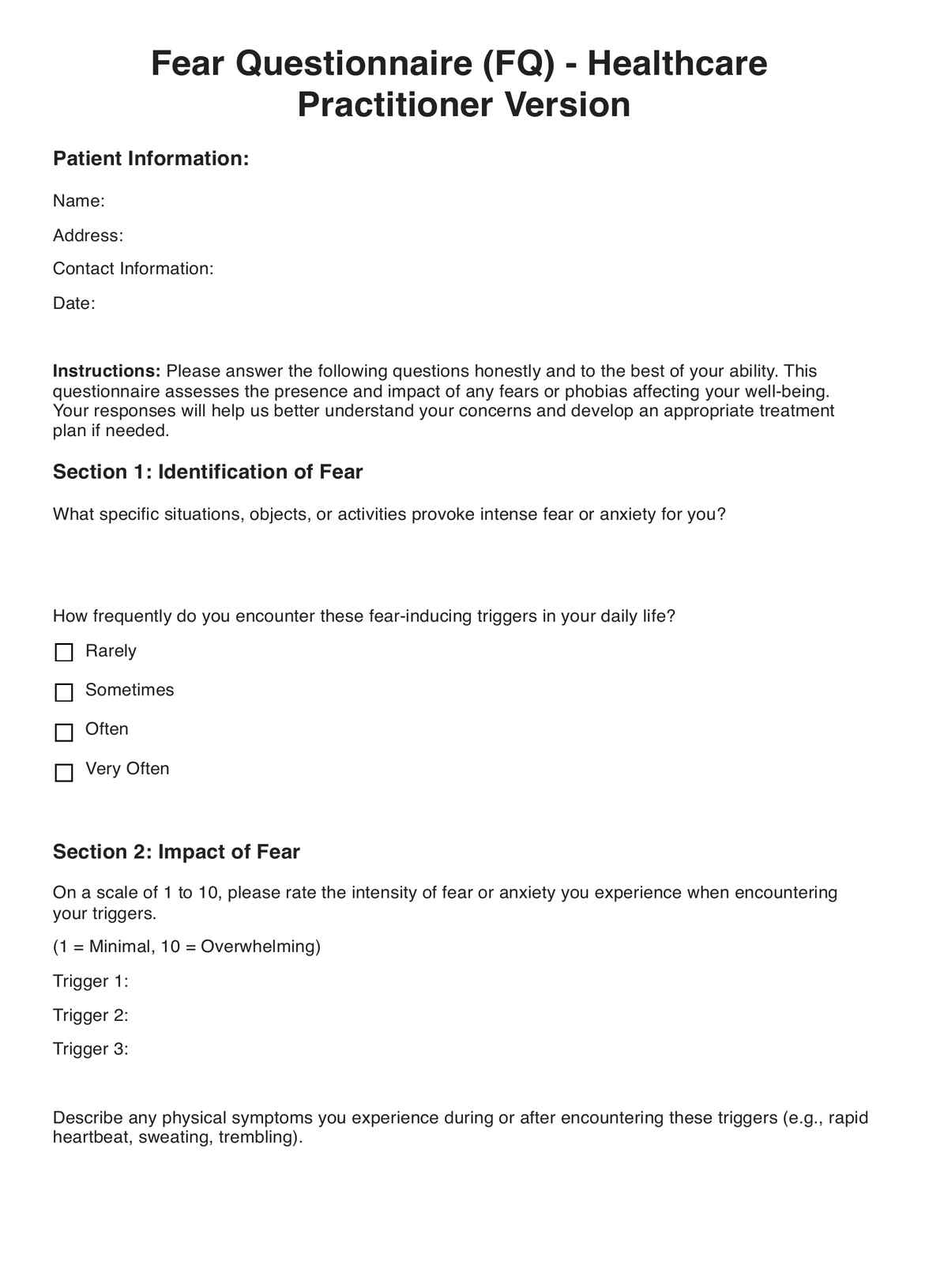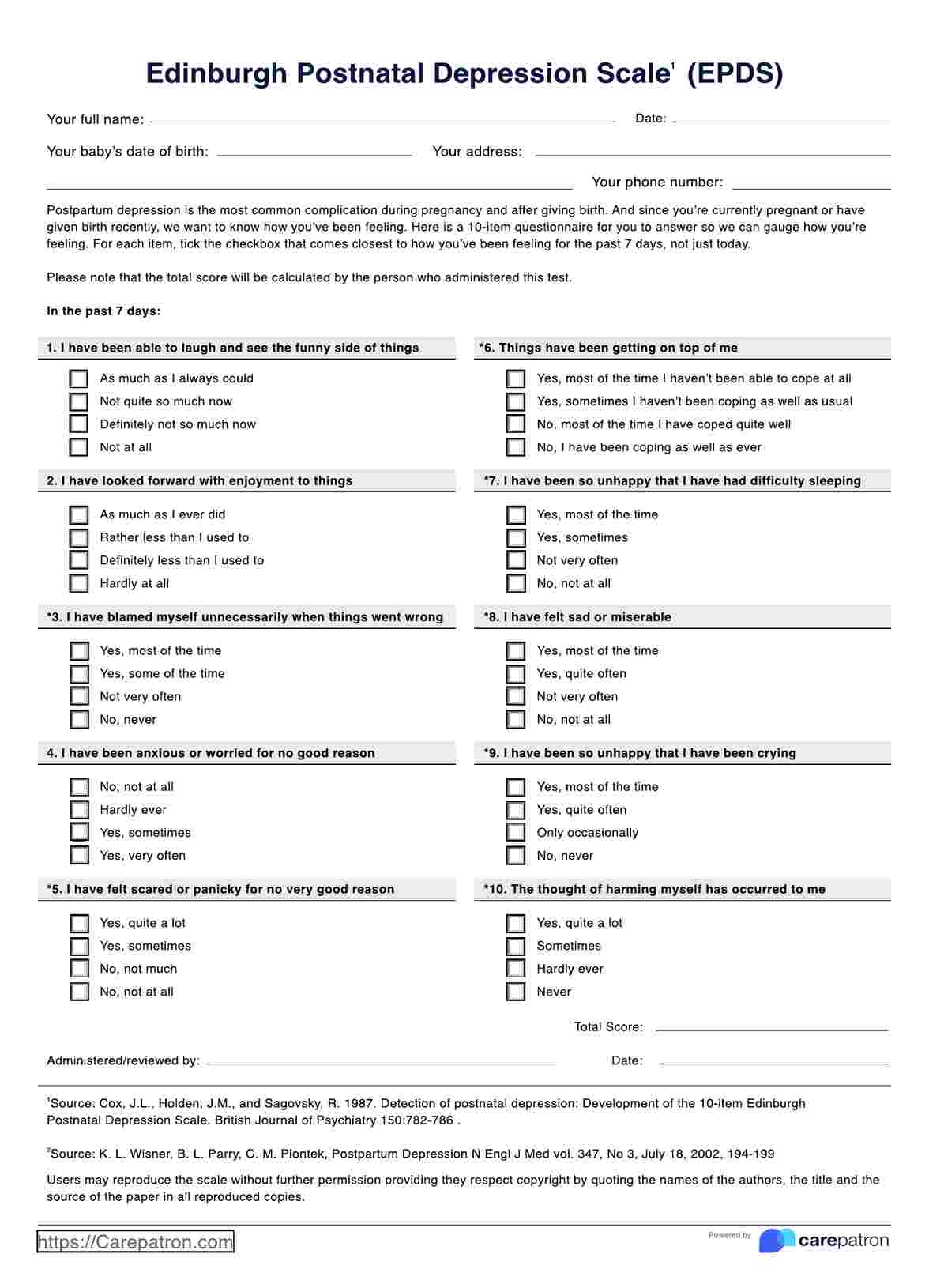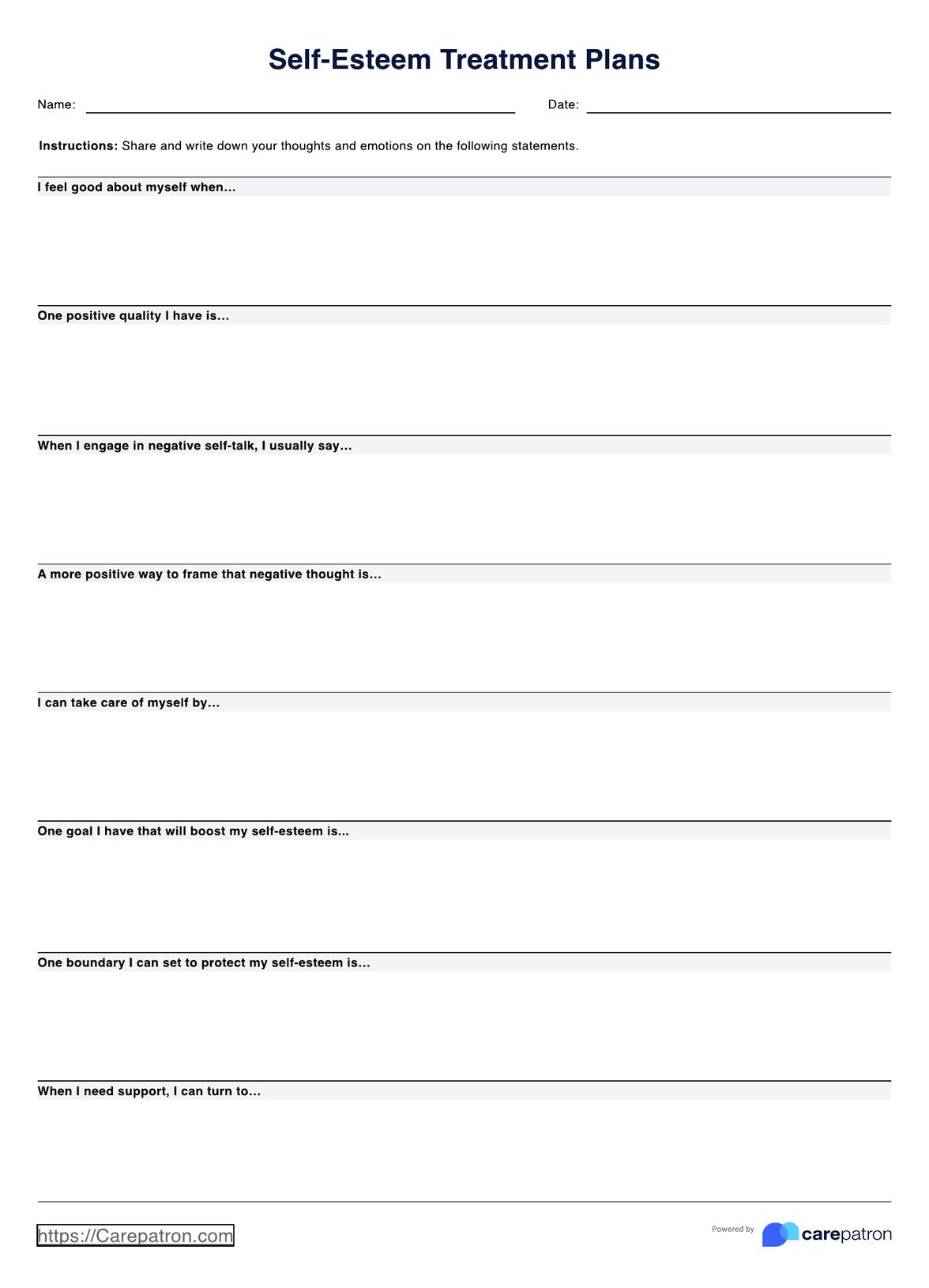Sports Physical Exam Checklist
Learn more about the importance of a Sports Physical Exam Checklist and receive a free resource and example!


What is a Sports Physical Exam Checklist?
Whether participating in a social sport, school event, or professional contest, most athletes will complete a sports physical examination or preparticipation physical evaluation at one stage. Like an annual physical examination, sports physical examinations involve assessing overall health, including identifying any existing medical conditions or risks that may predispose an athlete to injury or preclude safe sports participation.
The way a sport physical exam is conducted can vary depending on a range of factors, such as the type of sport and level of physical activity. However, the purpose remains to assess overall health and ability to participate in sport, usually examining the following safely:
- Previous medical history: Including current medications, allergies, past injuries (sprains, concussions, bone fractures, etc.), medical problems, past hospitalizations, previous surgeries, and family medical history.
- General health screening: This includes standard weight and measurements such as blood pressure, pulse, temperature, vision, weight, and height.
- Cardiovascular and respiratory screening: Assessing blood pressure, lung sounds, cardiac abnormalities, and risks for chronic illness.
- Neurologic screening: Assess the nervous system, complete sensory tests, and determine range of motion, posture, and stability.
- Other system screening: This may include an examination of other organs, such as the abdomen, ears, nose, and throat.
We have constructed the sports physical checklist to simplify the process for athletes—from young athletes to college athletes and beyond—and health practitioners in sports medicine, physical therapy, and even family physicians. The checklist breaks down the examination process into more straightforward, manageable steps that ensure a thorough assessment that may lead to further evaluation. Using the resource, practitioners can tick off the steps and make notes of any important information, allowing for practical physical exams.
Sports Physical Exam Checklist Template
Sports Physical Exam Checklist Example
How do you use a Sports Physical Exam Checklist?
The Sports Physical Exam Checklist is an invaluable resource for healthcare providers to conduct effective sports physicals, helping assess an athlete's health status and determine any risks of injury or illness that may preclude their ability to participate. To show you how this works, we have broken down the process into the following steps:
Step 1: Access the checklist
Begin by obtaining the free Sports Physical Exam Checklist here, or download the PDF version for a printable, physical copy.
Step 2: Review medical history
Begin the examination process by reviewing the patient's medical history. This can be done using a Sports Physical Form or a medical history form.
Step 3: Complete a physical examination
Using our checklist, complete a full physical examination of the individual, including a general health screening, cardiovascular screening, and neurologic screening. Depending on the results, you may require additional testing to evaluate the athlete's condition further.
Step 4: Conduct additional screenings/assessments (optional)
If needed, you can facilitate conversation to check the individual's nutrition status, hydration practices, mental health status, etc.
Step 5: Documentation and further assessment
Once completed, it is essential to document the results and any additional information. Further testing or follow-up procedures may be required during this process.
Results from a sports physical exam
The results following a sports physical are multi-faceted and may differ among athletes depending on various factors. These may include exercise intensity, family history, previous musculoskeletal injury, and medical conditions. Nevertheless, the following are some typical results and what they may mean for the athlete:
Good health
The patient's assessment results may indicate that they are in good health, with all vital systems functioning well and family and personal history showing little risk for non-participation. In this instance, athletes may be encouraged to continue with their current exercise behaviors and recover well with their nutritional and hydration habits.
Potential health concerns
Some athletes may show risks for joint injuries or medical concerns for their well-being. This may include having chest pain or a family medical history of mitral valve prolapse that may predispose the individual to injury or illness following exercise. Health practitioners may recommend other tests to further assess the athlete for risk factors or run diagnostic procedures for health issues.
Following the tests, the health professional may devise a treatment plan or intervention to support the athlete's return to good health and recommend further exercises or strategies to prevent any progression of poor health.
Referrals and recommendations
Some athletes may be identified for certain risk factors and require further assessment following examination. For instance, older athletes may face risks related to the cardiovascular system, such as high blood pressure, and need follow-up tests throughout the sporting season for early detection and treatment.
Athletes who pose risks of developing or have a family history of specific conditions may be referred to a specialist for further diagnostics. This is typically the case for individuals at risk of developing chronic illnesses, such as hypertrophic cardiomyopathy, that can be detrimental to health and cause sudden death in some cases.
Benefits of a Sports Physical Exam Checklist
Using a Sports Physical Exam Checklist has a lot of benefits for healthcare providers. Here's a list of some of them:
Awareness and promotion of healthy habits
The basis of a sports physical examination is a holistic approach to looking at the various aspects of the athlete's life that may pose risks or issues to health. If, for some reason, an athlete is not cleared or the practitioner identifies any risks in a particular aspect of health, they can then provide recommendations and advice to improve these.
This may involve introducing healthier habits or referring patients to specialized practitioners who can prescribe safer training methods to support optimal performance without injury.
Mitigate injuries
After examining the athlete's family history, personal history, and physical examination, the healthcare provider may identify potential risks of injury. For example, an athlete may present issues with range of motion in the rotator cuff, which could lead to shoulder issues in the future. Healthcare providers can then voice these to the athletes and their coaches, who can mitigate this by strengthening specific structures or avoiding movements that may cause harm.
Early detection of health issues
Appraisal of the individual's genetic history and current health status may highlight health issues, such as cardiovascular or respiratory issues. For instance, a young athlete may have trouble breathing during exercise at times and may be diagnosed with asthma. This can help prevent the progression of health conditions, enhancing long-term health and healthy well-being.
Utilizing the physical exam checklist, sports physical form, nutrition assessment form, and physical form templates can enhance your practice's efficiency and thoroughness. These tools ensure you cover all essential aspects of a patient's physical examination. By having a standardized format, you can minimize the risk of missing critical health information and provide better continuity of care.
Commonly asked questions
During a sports physical exam, a medical professional or sports physician may collect information regarding the patient's previous medical history using a sports physical form. A physical exam will then follow this to determine their current health status and identify any risks or concerns that may preclude their participation.
A sports physical exam is usually conducted annually or before a sports event. However, individuals at higher risk of developing severe illness or injury may require one more frequently.
A physical exam typically takes 30 to 45 minutes. However, this can vary depending on the sport, the individual's health status, and whether further testing is required.


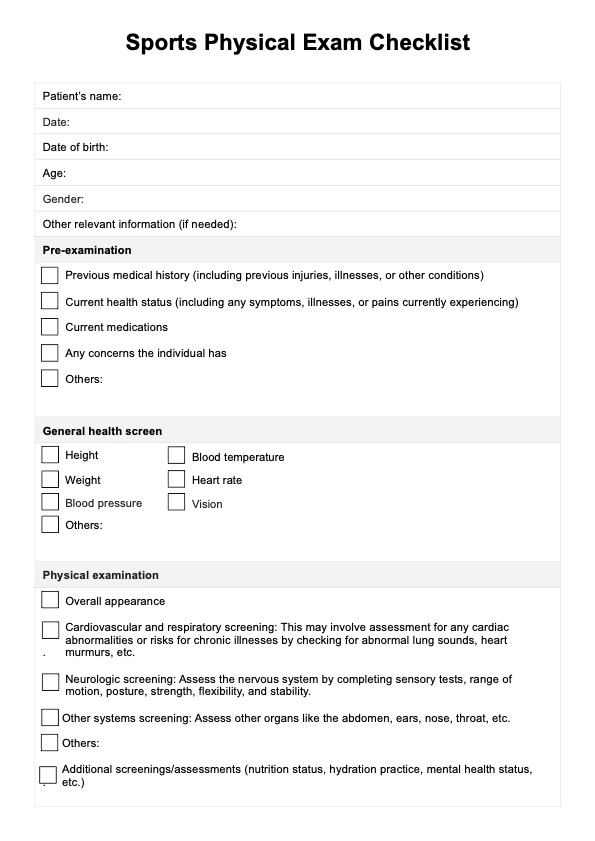
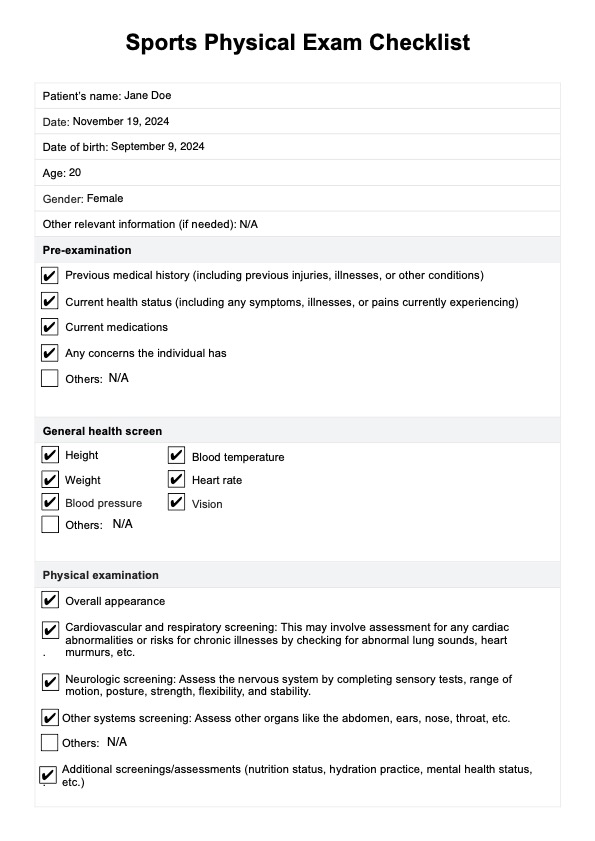

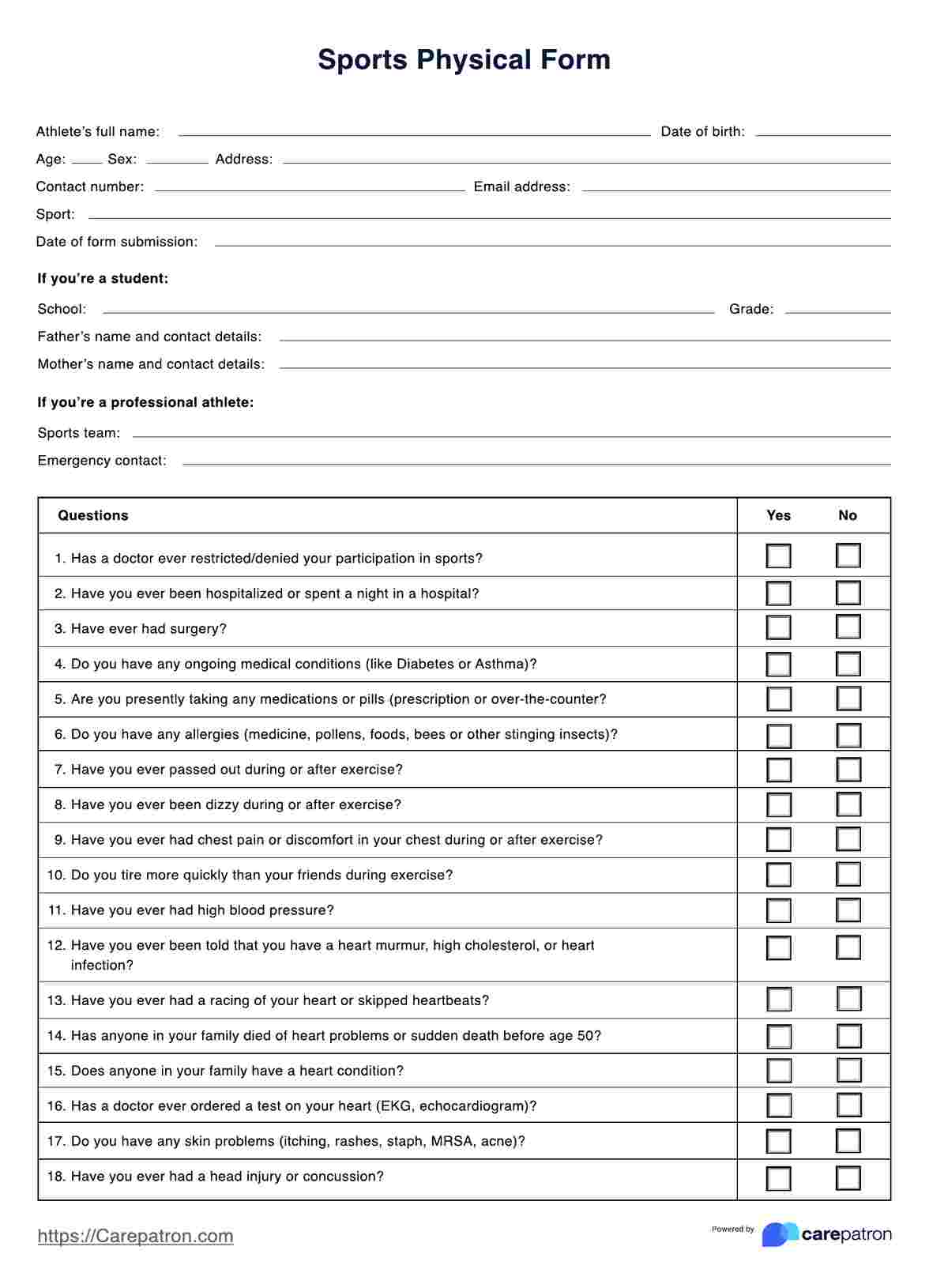

















-template.jpg)


















































































